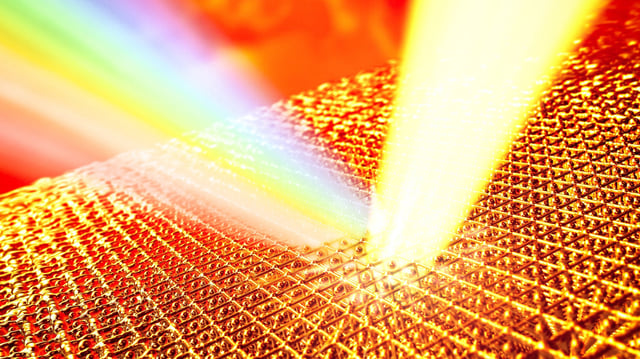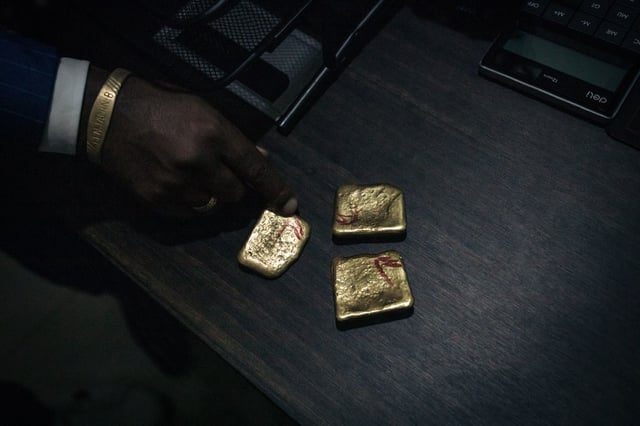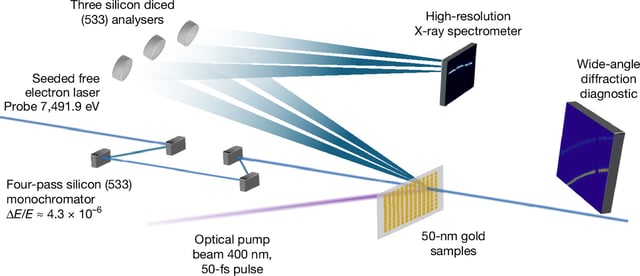Overview
- Researchers used femtosecond laser pulses to superheat a 50-nanometre gold foil to about 19,000 kelvins—14 times its melting point—maintaining its solid structure for several trillionths of a second.
- They then employed ultrabright X-ray pulses from SLAC’s Linac Coherent Light Source to measure atomic vibration speeds via photon energy shifts, marking the first direct temperature measurement in warm dense matter.
- The experiment disproves a four-decade-old entropy catastrophe theory that capped superheating at roughly three times the melting point without breaching the second law of thermodynamics.
- The team is extending their ultrafast diagnostic approach to materials such as silver and iron and to experiments simulating fusion fuel targets and planetary core conditions.
- Direct atomic temperature readings under extreme heat and pressure are expected to improve planetary interior models, inform inertial fusion target design, and advance extreme materials research.



